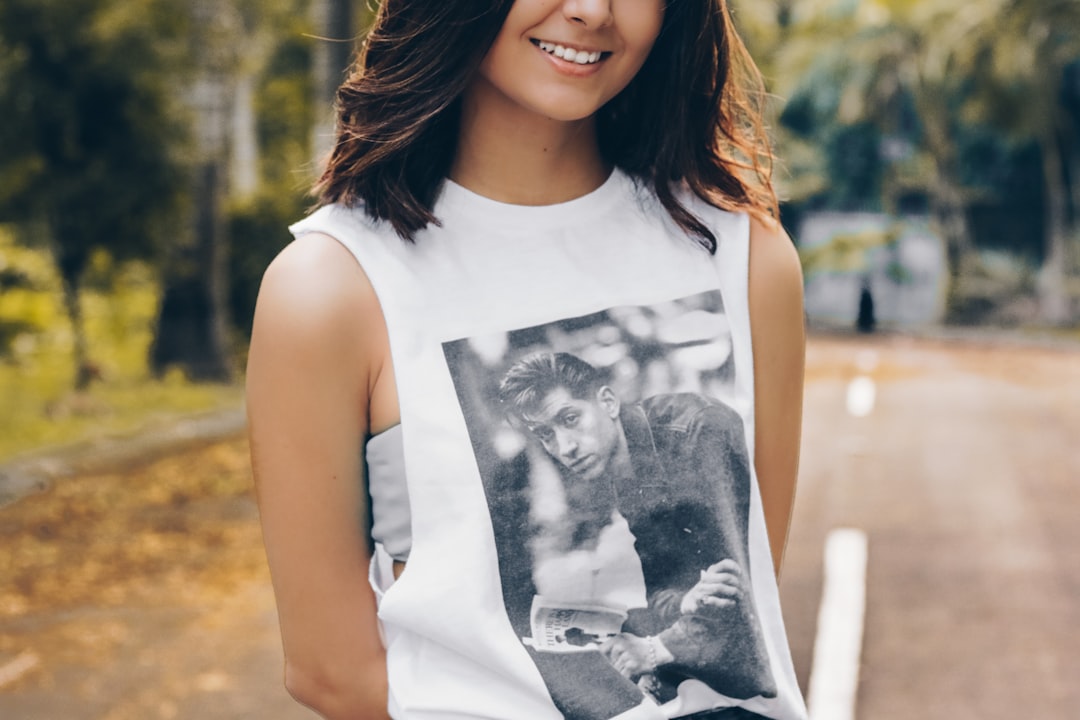In today’s booming creator economy, launching a print-on-demand (POD) shop has become one of the most accessible ways to turn your ideas into a tangible product business. Whether you’re an ambitious graphic designer, social media influencer, or just someone with a strong creative itch, offering t-shirts, tote bags, and hoodies can be a fun and profitable venture. But here’s the kicker: the success of many of these products hinges heavily on one element — your logo.
TL;DR
Creating a compelling logo for your print-on-demand products is essential to stand out in a saturated market. Your logo should reflect your brand’s personality, be adaptable across different items like t-shirts, totes, and hoodies, and remain legible and identifiable at various sizes. A strong logo builds trust, boosts recognition, and adds a layer of professionalism to your items. Strategic design choices and understanding your target audience are key to success in the POD space.
Why a Strong Logo Matters in the Print-on-Demand World
With the surge of POD platforms like Redbubble, Teespring, and Shopify integrations, the barrier to entry is lower than ever. Anyone can upload a design and sell it. But competition is fierce. That’s why your logo isn’t just a side-note — it’s central to your brand’s identity and credibility.
Here are a few reasons why a good logo can be a game-changer:
- Brand Recognition: A distinctive logo helps people remember and recognize your brand instantly.
- Professionalism: Shoppers are more likely to trust a POD brand that looks polished and established.
- Consistency: A logo ties together your t-shirts, tote bags, and hoodies visually, making your shop more cohesive.
The Key Elements of a Great POD Logo
Wondering what makes a logo actually “work” on apparel and accessories? Consider these vital characteristics:
- Simplicity: Logos should be readable and identifiable at all sizes. Complex designs may not print well, especially on fabric.
- Versatility: Your logo should adapt to various background colors and garment materials.
- Timelessness: Steer away from trends that may fade quickly. Think longevity.
- Scalability: Will it work on a tiny label on a tote AND on a large hoodie back print? If not, reconsider the design.
- Color Harmony: A minimal palette increases flexibility and reduces printing costs.
Designing for Specific Products: Tips and Considerations
Logos may need slight modifications depending on the product they adorn. Let’s dive into what makes each one unique:
T-Shirts
T-shirts are often people’s first canvas for logo experimentation. Here’s what to remember:
- Placement: The chest area is the most common, but don’t ignore nape, sleeve, or full-back options.
- Audience: Think about what your target market would wear — are you aiming for minimalists or streetwear fans?
- Typography: Fonts must be legible from a few feet away. Avoid ultra-thin or overly ornate scripts.

Tote Bags
Totes essentially serve as mobile billboards. Plus, they’re popular with eco-conscious consumers. Things to consider:
- Balance: Because tote bags are generally square or rectangular, consider centered logos for aesthetic balance.
- Boldness: Without the curve of a human body like t-shirts, totes require bolder lines to catch attention.
- Contrast: Many totes are beige or canvas-colored — pick logo colors that pop against neutral backdrops.
Hoodies
Hoodies offer more fabric real estate, which can allow for more creative freedom — but also present challenges.
- Material Texture: Cotton blends can mute colors. Test your logo on textured fabrics to ensure visibility.
- Layering: Pay attention to how people wear hoodies — the logo needs to be visible even when partially zipped or layered under jackets.
- Multiple Placements: Consider adding your logo on sleeves, the back, or even the hood itself for more branding opportunities.

Creating a Logo: DIY vs. Professional Design
Depending on your budget and skill levels, you can choose from these common options:
1. DIY Platforms
Tools like Canva, Looka, and Hatchful let you play around with shapes, fonts, and symbols. They’re great for beginners and affordable (often free).
2. Freelancers
Hiring designers from platforms like Fiverr or Upwork gives you more unique and brand-aligned results. Make sure to view portfolios and reviews!
3. Design Studios
This option offers the highest quality but usually comes with a premium price tag. Ideal for those with a long-term brand vision.
Best Practices: Getting Logos Ready for Printing
Once designed, your logo still needs to be optimized for print. Below are some best practices:
- Use Vector Formats: Vector files (.AI or .SVG) ensure that your logo scales without losing quality. Most POD services accept these.
- Transparent Backgrounds: Logos with transparent backgrounds (.PNG format) are essential for clean placement on fabric.
- CMYK Color Mode: This color format is better aligned with print technologies than RGB, which is for screens.
- Test Prints: Always order a sample before going live. What looks great on screen can print very differently.
Logo Trends to Explore for POD in 2024
While timeless design is key, being aware of industry trends can help you connect with current tastes. Here are a few rising trends:
- Bold Typography: Large serif or sans-serif fonts used as standalone logos are on the rise.
- Retro Aesthetics: Throwback styles with bold outlines and vintage color palettes are making a comeback.
- Simplified Icons: From smiley faces to geometric shapes — less is more in today’s designs.
Marketing Your Logo-Based Products
After putting thought into your logo design, it’s time to spread the word. Here are a few methods that can amplify your branding:
1. Branded Packaging
Even in POD setups, some suppliers allow inserts. Design a small flyer or thank-you card featuring your logo and social handles.
2. Social Media Consistency
Use your logo as a social media profile picture and watermark. Consistent branding across platforms increases brand trust and recall.
3. Influencer Collaborations
Send your products to micro-influencers in your niche. Their followers are more likely to trust recommendations from someone they admire.
Final Thoughts: Think Beyond the Shirt
Your logo isn’t just your brand’s signature — it can become a movement, a lifestyle symbol, or a recognizable icon in a niche space. Whether you’re designing for trendy hoodies or eco-friendly totes, investing in a great logo sets the stage for lasting success in the print-on-demand landscape.
Remember, you’re not only creating products — you’re creating a brand identity. Craft it with care, creativity, and a clear understanding of your audience and goals.
